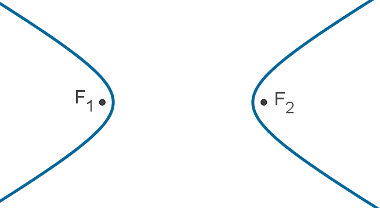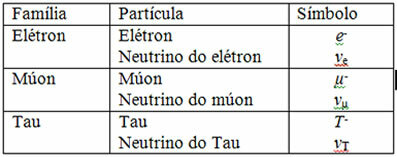The evolution of species is a widely discussed topic in biology since antiquity. Previously, the idea that species were fixed, that is, they did not undergo any change in their bodies over time, was widespread. According to this hypothesis, all species that live today already existed in the past and did not undergo modification. With the advance of studies in paleontology and the greater knowledge about fossils, doubts began to arise about this fixism. However, despite some scientists claiming that changes occurred, they did not know the mechanisms that led to evolution.
The first researcher to formulate a hypothesis about the evolution of species was Jean-Baptiste Lamarck (1744-1829). In his work entitled Philosophie Zoologique (1809), Lamarck stated that there were transformations in species towards greater complexity in as a result of external pressures, that is, the environment influenced an organism, causing the need to modification.
Second Lamarck, according to its needs, an organism started to use some organs more frequently, causing them to develop more than the others. This law became known as
"Law of use and disuse" and, in addition to highlighting the greater development of frequently used structures, it emphasized that those little used atrophied.To explain his theory, Lamarck used as an example the giraffe's long neck. According to this researcher, there were initially short-necked giraffes, however, they had to stretch to reach food in tall trees. Faced with the constant effort to get food, the neck was progressively increasing in size and, with each generation, it was larger than in the previous generation. Lamarck therefore concluded that use led to neck enlargement.
In addition to use and disuse, Lamarck proposed that characteristics acquired during life were passed on to future generations. This law became known as “Law of inheritance of acquired characters”, which, together with the “Law of Use and Disuse”, forms the theory known today as Lamarckism.
Lamarck, mainly due to the lack of technology and knowledge at the time, erred in several aspects of his theory. First, we must keep in mind that use and disuse do not cause the appearance of characteristics that can be transmitted to offspring. If a person exercises frequently, for example, he will not be able to pass on his athletic bearing to his children. Furthermore, none of the traits acquired during life can be passed on to the offspring, as only changes at the genetic level can be inherited.
Despite all the mistakes, Lamarck also had his contribution to the development of the evolutionary biology. He was the first to realize that the environment could bring about changes in living beings, although he was wrong about how this happens. In addition, his ideas boosted the discussion on the subject, thus opening the way for new discoveries.
By Ma. Vanessa dos Santos



